Across Scotland, 60% of students are worried or stressed about their finances ‘frequently’ or ‘all the time’, and it’s not conducive to learning, writes Victoria Grover, who is currently studying at North East Scotland College.
School, college, university – they should be the best of days, carefree and filled with excitement about what the future holds. For students like me, the turmoil in what feels like every part of daily life threatens to make the reality of studying very different.
Colleges Scotland, the body representing Scotland’s 26 colleges, recently warned that every one of those institutions is worried about the impact the cost-of-living crisis will have on its students and, ultimately, on drop-out rates.
In a survey earlier this year, the National Union of Students in Scotland found that 35% of students have considered dropping out of their course due to financial difficulties, and that 64% have experienced mental ill health as a result of financial pressures, with 60% of students worried or stressed about their finances “frequently” or “all the time”.
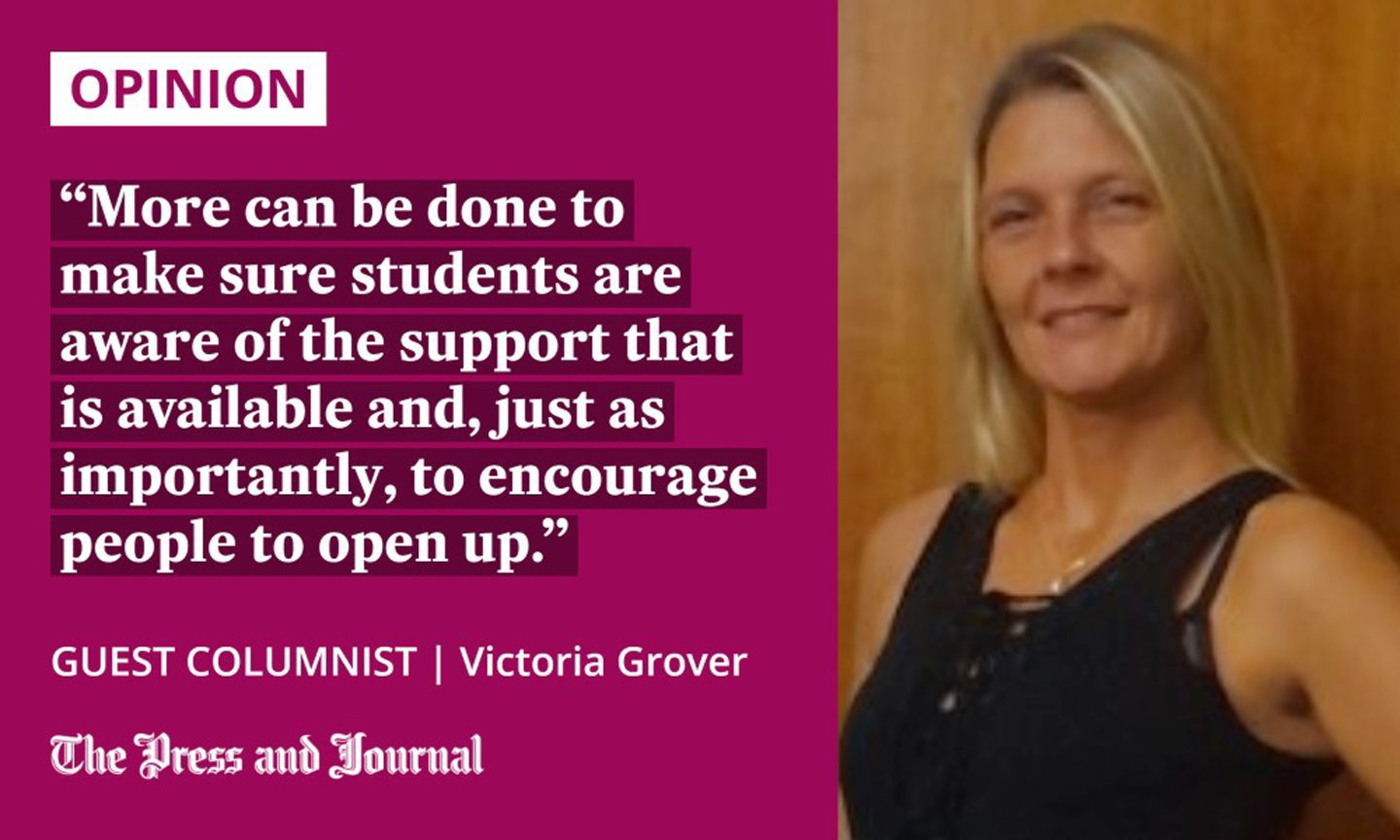
Since that survey, the pressures facing students have increased – so the real picture is likely to be much worse. Speaking to my classmates, I know how difficult they are finding it.
In my case, I’m studying full-time with the aim of pursuing a career I’m passionate about. I’m also working part-time to make ends meet, and had been looking at taking on a second job, at weekends and in the evenings, to help meet rising costs.
I realised that, for my own mental wellbeing, I couldn’t take on more, and have to make other sacrifices instead, but others will be driven to breaking point.
Students are facing a stark choice
I’m now in my third year of studying with North East Scotland College (NESCol). My aim is to continue beyond my current course so I can gain the qualifications I need to further the work I am doing with Aberdeen in Recovery, where I’m a community peer support worker two days per week.
For so many students, the choice is pretty stark – work now to put food on the table, a roof over their head and money in the meter, or devote the time and energy to studying for a more rewarding career in the long term.
I’m fortunate that I’m able to juggle both, and that my son, who’s 24 now, is grown up. One of my classmates is working full-time and studying full-time, as well as being a parent to young children. That takes amazing determination and resilience – qualities that I see all around me, but that are all too often overlooked when it comes to students.
We’re in a very supportive environment at NESCol, with hardship funding available and a new Student Support Grant to help those in need of extra help. The fact that more than 1,000 students applied for that grant within the first week of the scheme being launched tells its own story.
Nobody should suffer in silence, but there’s still a stigma around money worries that needs to be removed
There are also plans for projects at the college over the winter to help those facing food and fuel poverty, with the campuses providing a safe and warm space at a time when it is going to get a lot colder and more difficult.
More must be done to provide support
More can be done to make sure students are aware of the support that is available and, just as importantly, to encourage people to open up about the challenges they face and how they feel.
Working in recovery, and through my own lived experiences, I’ve seen first-hand how talking through a problem can make such a huge difference. Nobody should suffer in silence, but there’s still a stigma around money worries that needs to be removed.
What students need most of all is financial support that eradicates the barriers we’re seeing more and more. I would be in a better financial position claiming Universal Credit than I am as a full-time student, who is fortunate to qualify for a bursary, and who also works a 16-hour week.
That cannot be right at a time when we want and need to give every individual the chance to thrive and build a better life.
Amid all of the debate and the searching for solutions, it is vital that students don’t get left behind. Our voice must be heard by those making decisions that will change lives, for better or worse.
Victoria Grover is a health and social care student at North East Scotland College

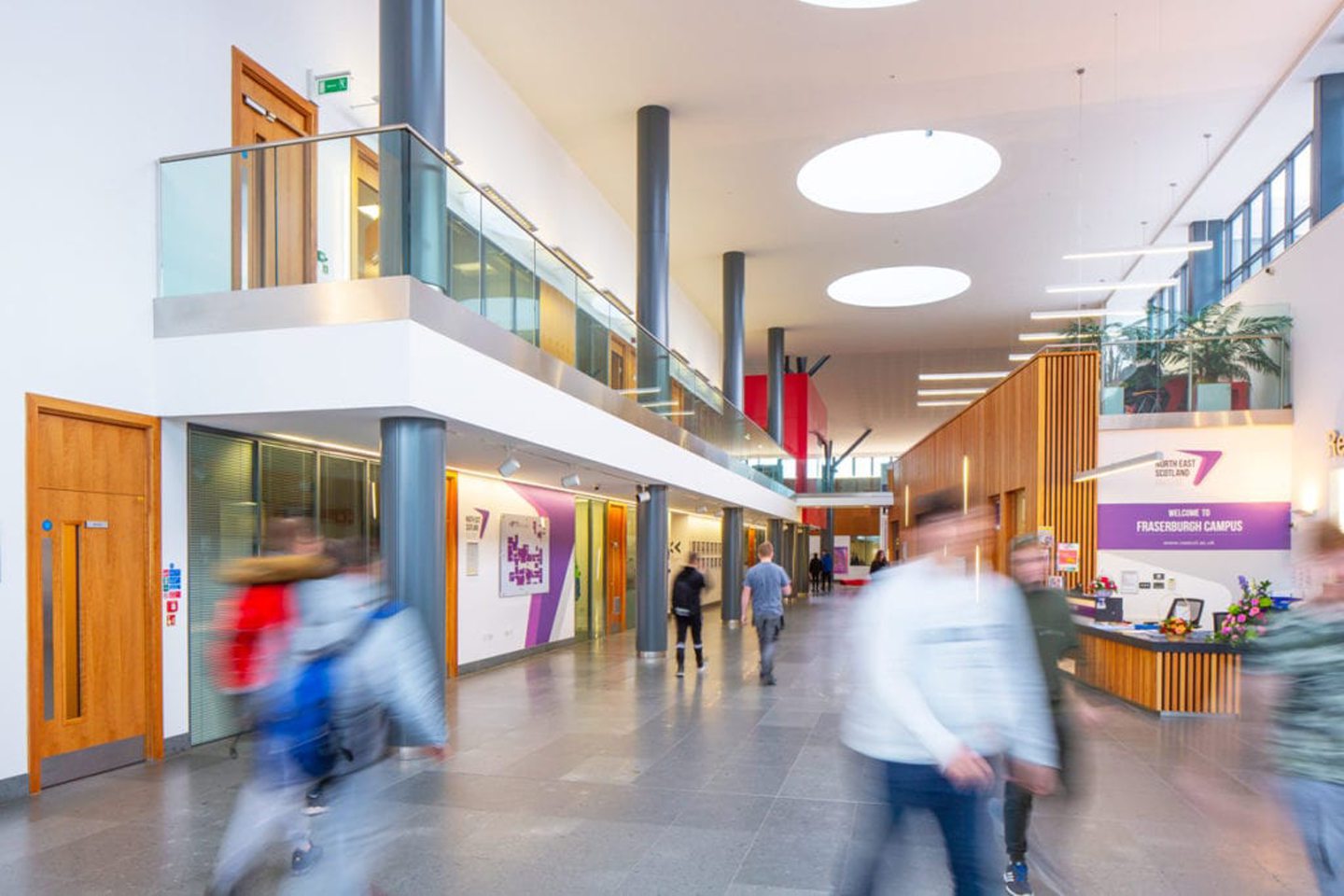


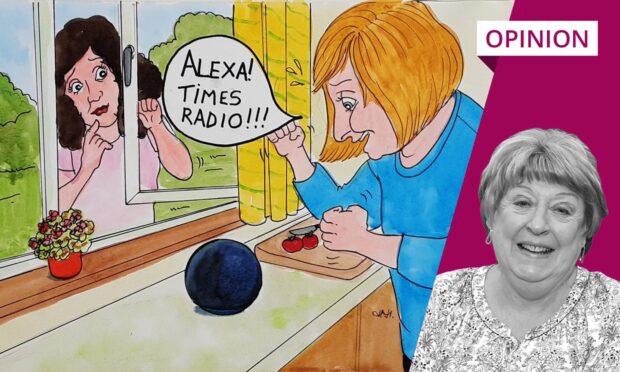


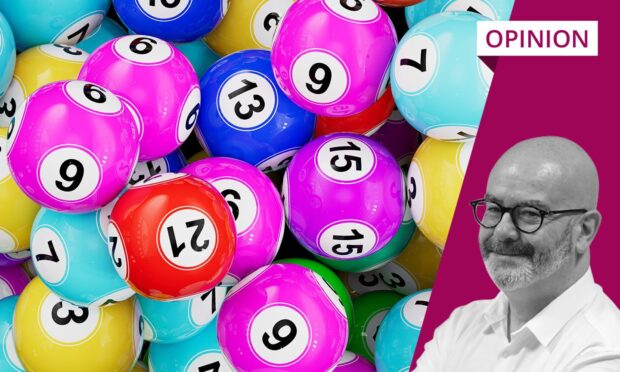
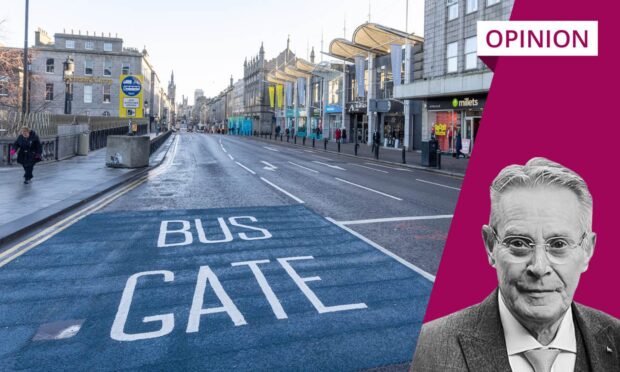



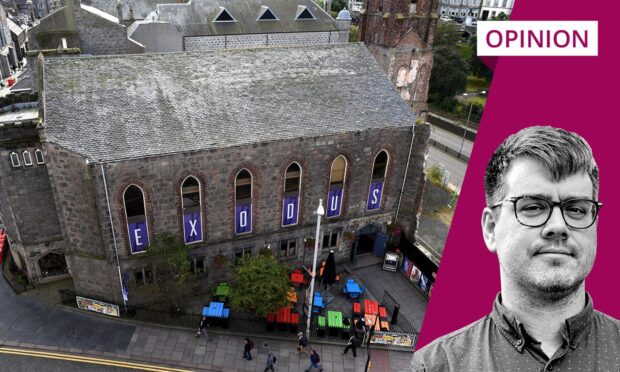
Conversation